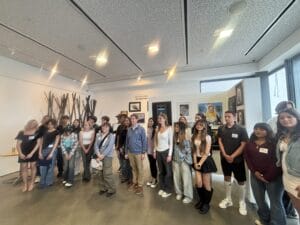I’m sharing my core product design philosophy that I’ve learned and formed over the decades of working with Harman, Fender, Gibson, Acer, Foxconn, Steinberg, Dolby and other brands on creating lasting and profitable products.
- Don’t reinvent anything that’s not broken.
- Find the simplest and most straightforward solution–Make it easier and more economical for the program to be adopted widely, even in low, medium-income countries.
- For functionalities that’s outside of our core mission (or is too big or expensive for us to take on), select partners who are the best in class (i.e. developing a large language model from scratch, student information system). Always remember your core competencies. If certain billion-dollar companies concentrate their entire R&D budget to a certain feature (i.e. contact center, LLM), do NOT try to home brew it without good reason. The landscape would change before you even get anywhere.
- Collaborate and before investing our own resources.
- Building a feedback loop into the product to incorporate continuous improvement and relevancy (It is real world user and market testing that’s much more reliable–people lie and most people have no idea what they want
- Don’t forget to make it fun. Assume that people are busy or lazy, so you have to earn the intended action.



